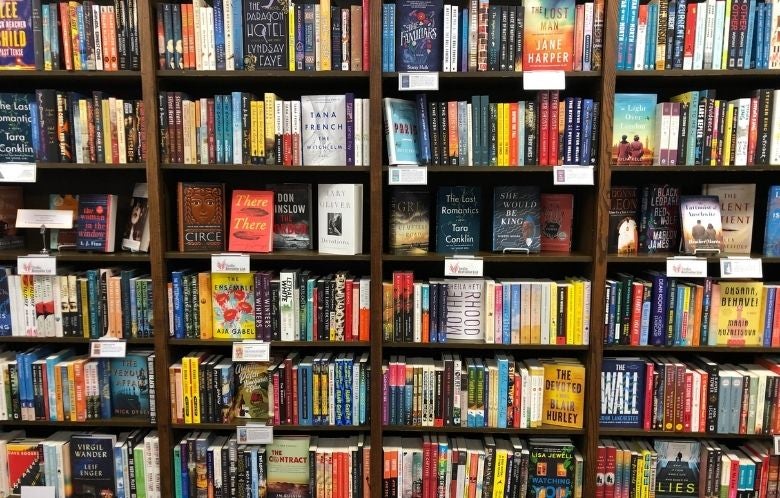Give 'em what they want. Isn’t that the core tenet at the bottom of both readers' advisory and customer service?
My path to librarianship started in a bookstore just after college. That Borders was staffed by assistant professors, poets, painters, musicians, a professional storyteller, aspiring novelists, and even one librarian. As an avid reader, if not an artistic one, I had found my people and fit in just fine – everyone there cared about books, and about helping our customers find books. If the training focused more on the complexities of operating the cash register than on the principles of readers’ advisory, well, that’s to be expected in a retail environment. However, I was also shown how to search the store database and the larger database of books in print and available for purchase, and I had experienced staff members to watch (though o, if only NoveList had been available to me!). I had a natural inclination to figure out what people were asking for and to provide them with what they want. It was my introduction to both the reference interview and readers’ advisory, though I didn’t know those terms at the time.
When someone comes to you to ask for help, they don’t always know exactly what they want. High school students looking to find an assigned book is one thing, but I can’t tell you how many times I was asked for a recommendation with no context. The first few times this happened I was honestly surprised (how do they know they would like what I like?), but not so surprised that I didn’t know to ask some follow-up questions: What do you like to read? Do you want fiction or nonfiction? What kind of story are you looking for?
Asking those questions and getting those answers is, of course, what readers’ advisory is all about, but it’s also just plain good customer service. Your customer (whether at a bookstore or a library) is not going to be happy if the books you so enthusiastically recommend don’t jive at least somewhat with what they’re hoping for. But if you get it right, you’ll have a fan for life. I worked at that Borders for a year and a half, and I had several people who would look for me each time they came in – and I wasn’t the only one with repeat customers.
Secondarily, a key component of both readers’ advisory and customer service is that in both cases you have the opportunity to build a relationship – and it’s not always just about helping your patron find what they want. Yes, a good interaction will make them feel good about their experience, but it can make your day too and send you off smiling to the next person who needs your help. Keep in mind that while you’re building community within the library, you’re also strengthening your own personal community.
So, speaking as a winner of a Borders’ Excellence in Customer Service Award*, I say give ‘em what they want. You just have to figure out what that is, first.
*I actually have no idea what it was called, but the pin is around my house somewhere.
Shauna Griffin is a Senior Collection Development Librarian at NoveList. She is currently reading The Death of Bees by Lisa O’Donnell.



